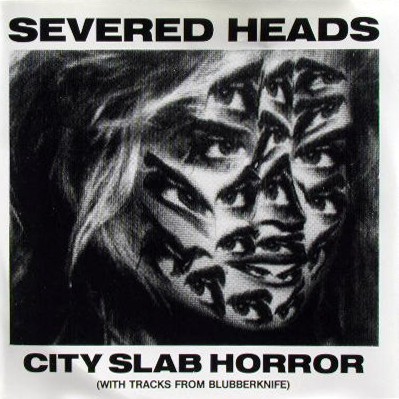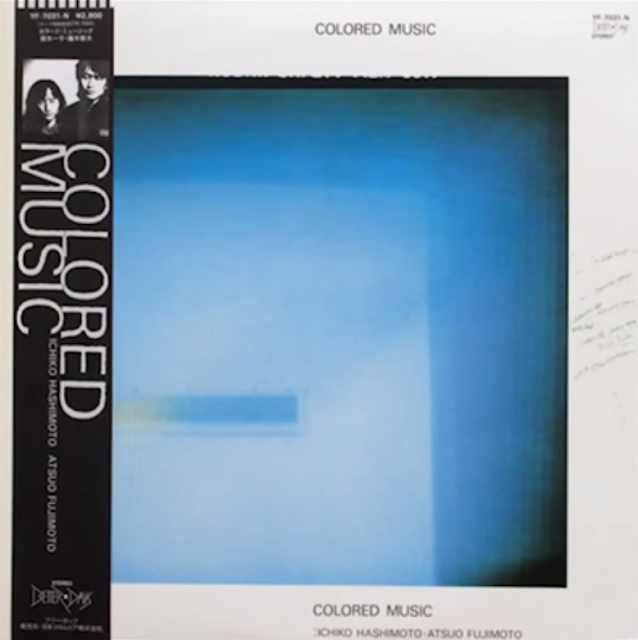
Hard to know where to start. Muslimgauze was the moniker of UK musician Bryn Jones, who released over 90 albums in his short life (he died suddenly at 37 from a rare blood infection). As more of his recordings are still being unearthed posthumously, his discography is currently approaching 200 releases. The project originated with Jones’s support for Palestine in the Israeli-Palestinian conflict as its nexus, but eventually expanded to encompass his sympathy for other conflict-ridden Muslim countries, and his belief that Western interests in natural resources and political gain were at the root of many of these conflicts.
He lived with his parents until his death, but was effectively living in his studio most of the time, often churning out an album a week for months on end. He was so obsessive about his music-making (and showed no regard for how little interest it generated during his lifetime) that he often said he didn’t have time to listen to anyone else’s music–yet he pulled from so many genres in such a prescient way that he must have been some kind of lightning rod for musical synthesis. His work incorporates elements of dub, techno, drum and bass, industrial, ambient, and traditional percussion borrowed from dozens of ethnicities. Most (and I say most lightly, as I’ve barely scratched the surface) of his music is built around that percussion–drum kits, drum machines, breakbeats, ethnic hand percussion, pots and pans–and tape loops, which he preferred over computers and samplers despite their much more laborious process.
Zul’m is on the more accessible side of what I’ve heard of Muslimgauze, and it neatly encapsulates much of Jones’s aesthetic. It moves slowly and decisively, building up to frothy climaxes that occasionally feel joyful in spite of the oppressive, clanking weight of the whole thing. Hypnotic stretches of percussion, looping, and vocal samples (in both Hindi and Arabic on this release). I think this was around the time that Jones was beginning to use more spaced out, expansive production, and you can hear that dubby quality working to terrific effect. Zul’m is dedicated to “the unknown Palestinians buried in mass graves in Al-Riqqa cemetary, Kuwait city.” Today we might also dedicate it today to the civilians of Aleppo, both the living and the dead.








